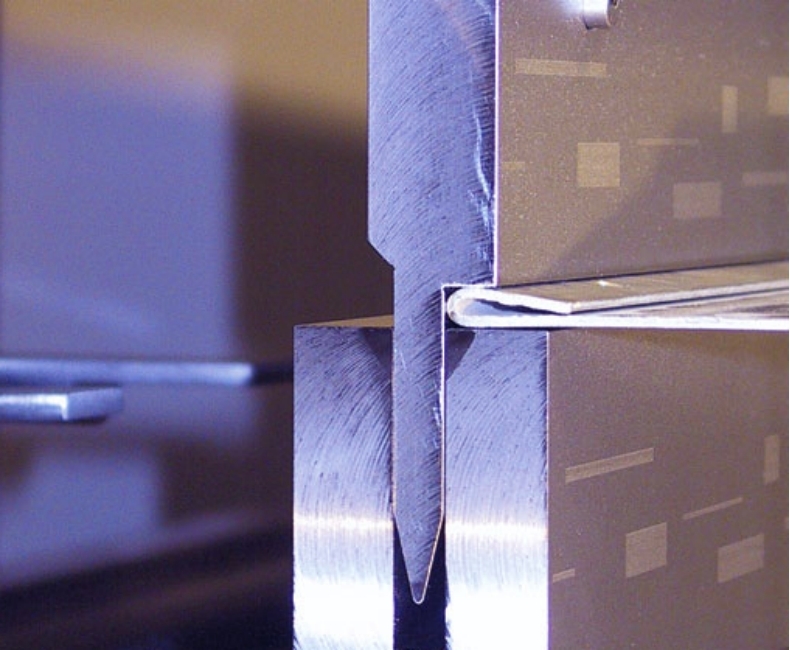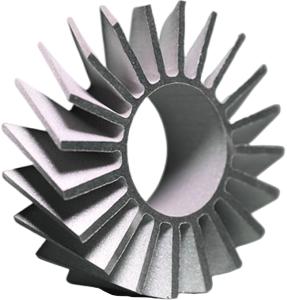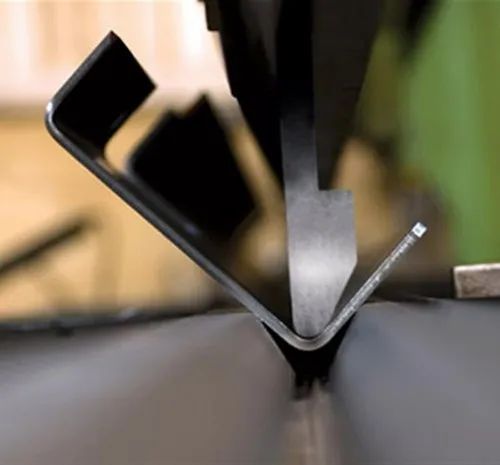
Digital Transformation in Sheet Metal Fabrication: Harnessing the Power of Automation and IoT
Explore how the integration of automation technologies and the Internet of Things (IoT) is revolutionizing sheet metal fabrication.
> 3-Day Lightning Delivery
> North America’s Top 10 One-stop Solutions
> 75+ Choices of Materials

1.Automation in Sheet Metal Fabrication :
Automation is rapidly reshaping the landscape of sheet metal fabrication, streamlining processes and reducing human intervention. We will delve into the various automated solutions employed in fabrication, such as robotic arms, computer numerical control (CNC) machines, and automated material handling systems. By eliminating manual tasks, automation increases productivity, improves accuracy, and enhances worker safety. We will highlight real-world examples of successful automation implementation and the positive impact it has on the industry.
2.The Internet of Things (IoT) in Sheet Metal Fabrication :
The IoT connects devices, machines, and systems to collect and share data, enabling seamless communication and intelligent decision-making. We will discuss how IoT technology is integrated into sheet metal fabrication processes, facilitating real-time monitoring, predictive maintenance, and data analytics. By harnessing the power of IoT, fabricators can optimize production schedules, reduce downtime, and improve overall operational efficiency. We will also address concerns related to data security and privacy in the IoT-enabled fabrication environment.

3.Benefits of Digital Transformation in Sheet Metal Fabrication:
Digital transformation brings numerous benefits to sheet metal fabrication. We will explore these advantages, including increased production speed, improved product quality, reduced waste, and enhanced customer satisfaction. Digital technologies enable precise control over fabrication processes, ensuring consistent and accurate results. Additionally, the availability of real-time data empowers decision-makers to identify bottlenecks, optimize workflows, and make data-driven improvements.
4.Challenges and Considerations :
While the benefits of digital transformation are substantial, there are challenges that fabricators must address. We will discuss considerations such as initial investment costs, skill gaps, and potential disruptions during the implementation phase. It is crucial for fabricators to develop a comprehensive digital transformation strategy, including evaluating available technologies, providing adequate training, and addressing change management.
5.The Future of Digital Transformation in Sheet Metal Fabrication :
We will conclude the blog by envisioning the future of digital transformation in sheet metal fabrication. Advancements in artificial intelligence (AI), machine learning, and predictive analytics will further optimize processes, increase automation, and enable adaptive manufacturing. The integration of digital twins and virtual reality (VR) technologies will enhance design validation and enable virtual prototyping. As the industry embraces Industry 4.0 principles, the seamless connectivity of machines, systems, and stakeholders will drive continuous improvement and innovation.
Digital transformation is reshaping the sheet metal fabrication industry, unlocking new possibilities for efficiency, productivity, and competitiveness. Automation and the IoT are playing pivotal roles in streamlining processes, enabling data-driven decision-making, and enhancing overall performance. By embracing digital technologies and addressing associated challenges, fabricators can position themselves at the forefront of innovation. The future holds even more exciting prospects, with AI, machine learning, and virtual reality set to further revolutionize sheet metal fabrication. It is imperative for fabricators to embrace the digital transformation journey and seize the opportunities it presents for long-term success.